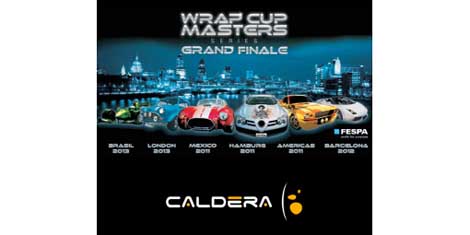
Following the launch of Roland DG’s Texart RT-640 dye-sublimation printer and Texart CS-64 Calender Unit, the leading digital wide-format manufacturer has now launched an insightful guide to dye-sublimation technology and the many business opportunities it presents.
Whether a company is new to the print industry, unfamiliar with the technology or is looking for tips to maximise their current investment, Roland DG’s Dye Sublimation Guide with Digital Inkjet is a comprehensive resource that provides a succinct and inspirational overview of this fast-growing and exciting market.
The guide contains:
- Introduction to the dye-sublimation process, the technologies harnessing its capabilities and what it means for users in specific markets
- Application possibilities in a host of creative sectors, from soft signage and rigid surfaces to interior décor and fashion
- Software and other complementary technologies driving its development
- Inspiring user stories
“There is a lot of untapped business potential in the dye-sublimation printing market and we want to help our customers to capitalise on the opportunities within it,” explains Darren Penny, Head of Sales, Roland DG (UK & Ireland). “While the Texart RT-640 facilitates the production of highly imaginative and creative applications, this guide serves an introduction into the theory and methodology behind it all. The development of the Texart RT-640 and Texart CS-64, our calender heat transfer system, was the result of years of R&D into the dye-sublimation market by Roland DG, and we’ve distilled our key findings and observations into this free-of-charge resource tool.”
For those looking to further their knowledge of dye-sublimation, The Roland Academy also offer a hands-on Texart Dye Sublimation Better Business Bootcamp which offers a comprehensive overview of the products, processes and market.
To request a free-of-charge copy of Roland DG’s Dye Sublimation Guide with Digital Inkjet, available either as a digital PDF or physical copy, please visit: http://www.rolanddg.co.uk/dye_sub_guide/









